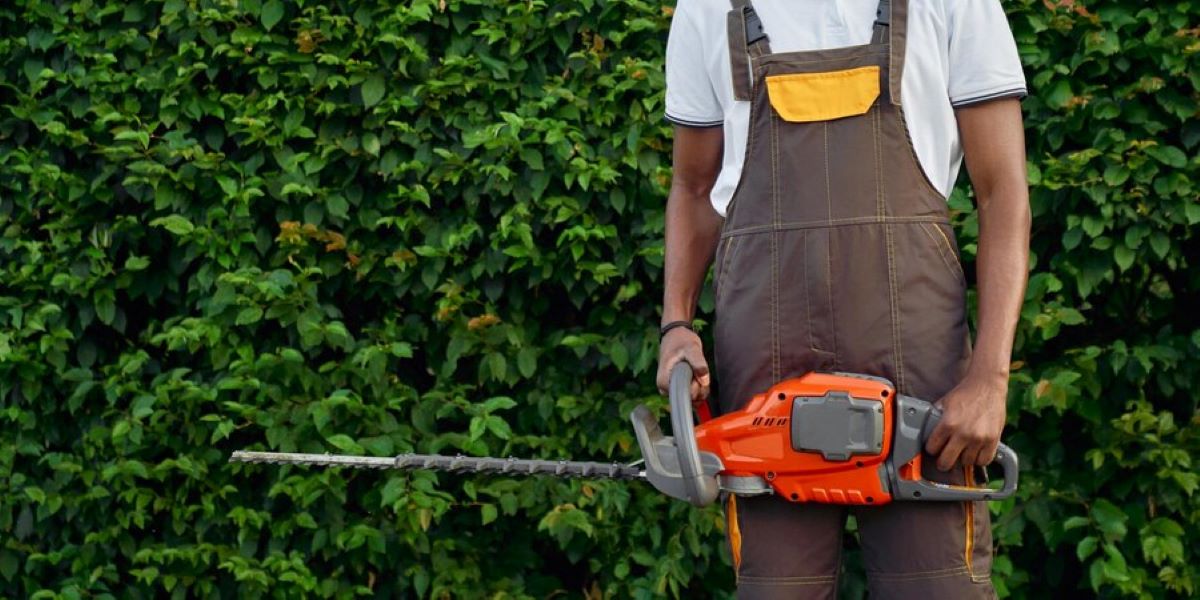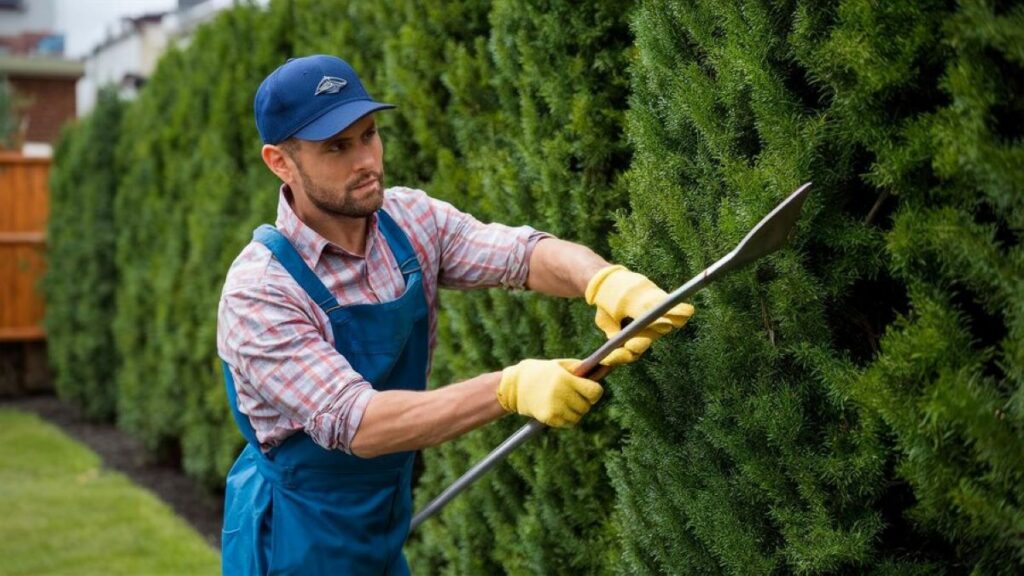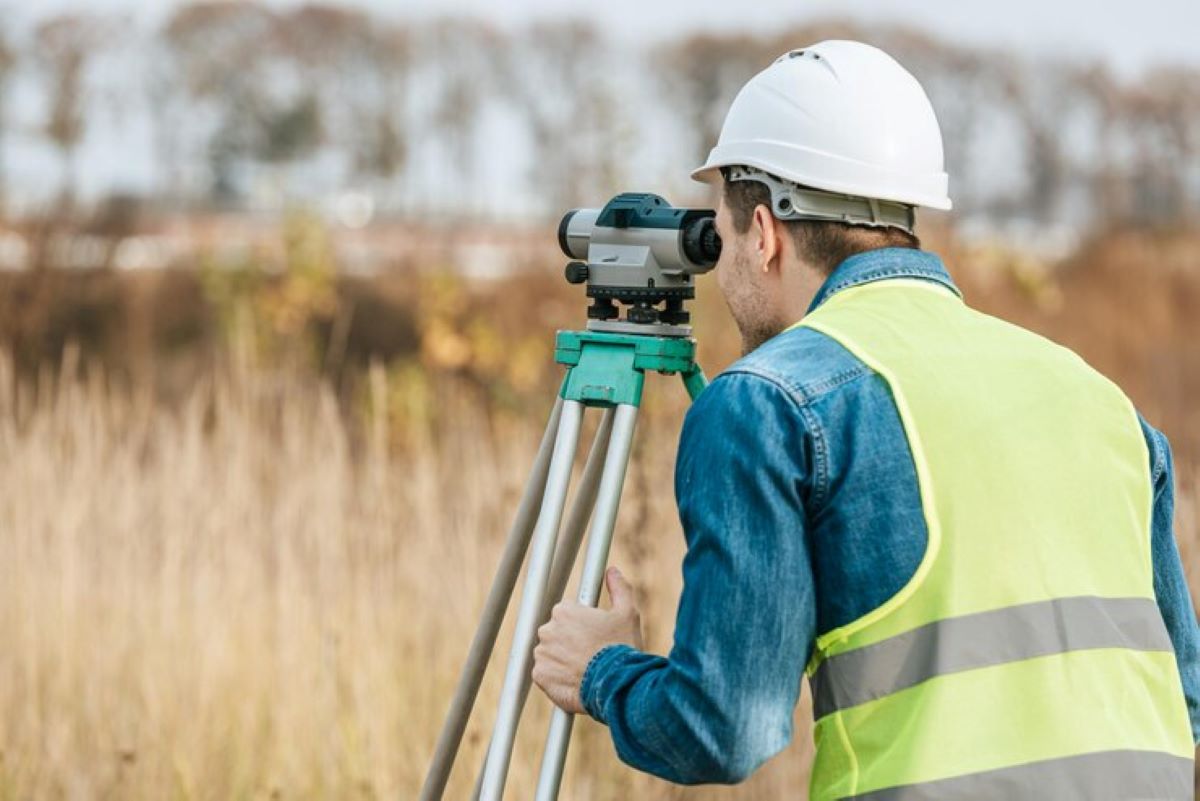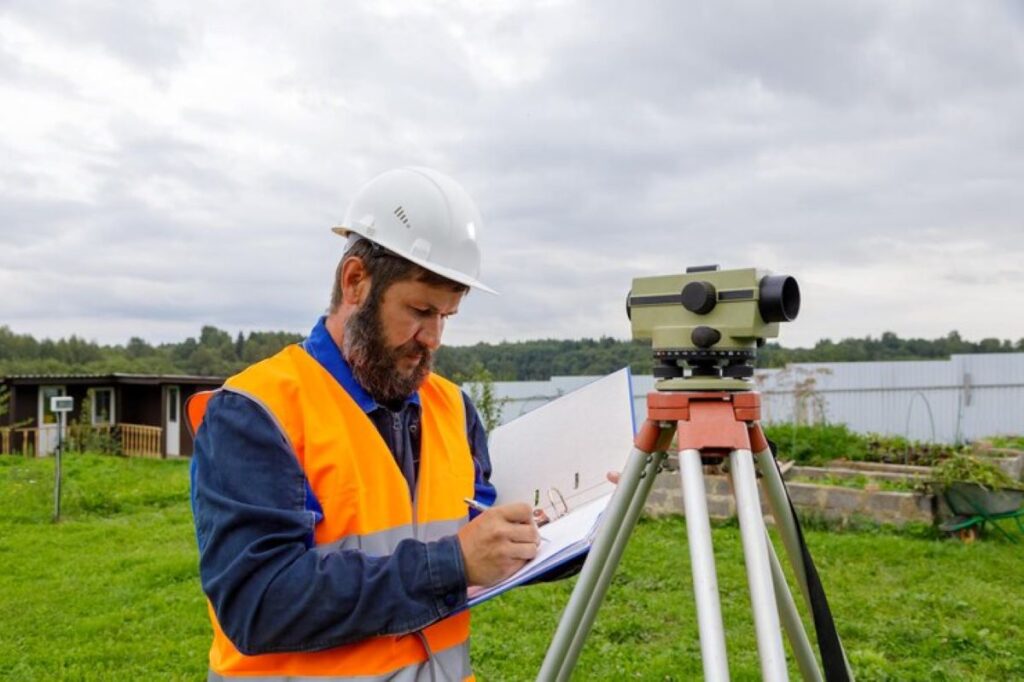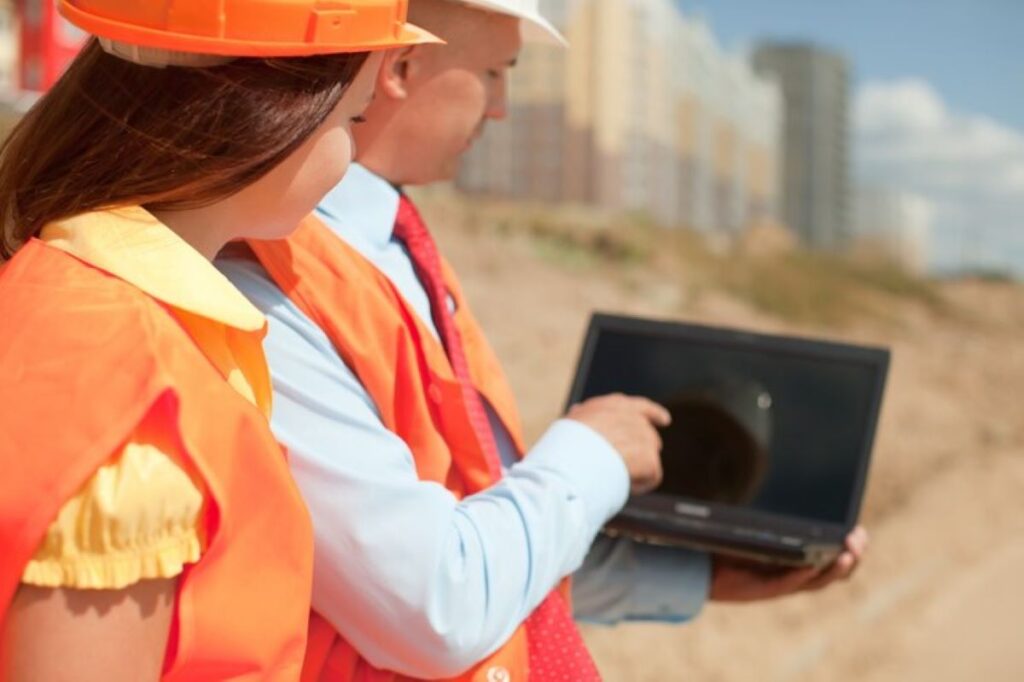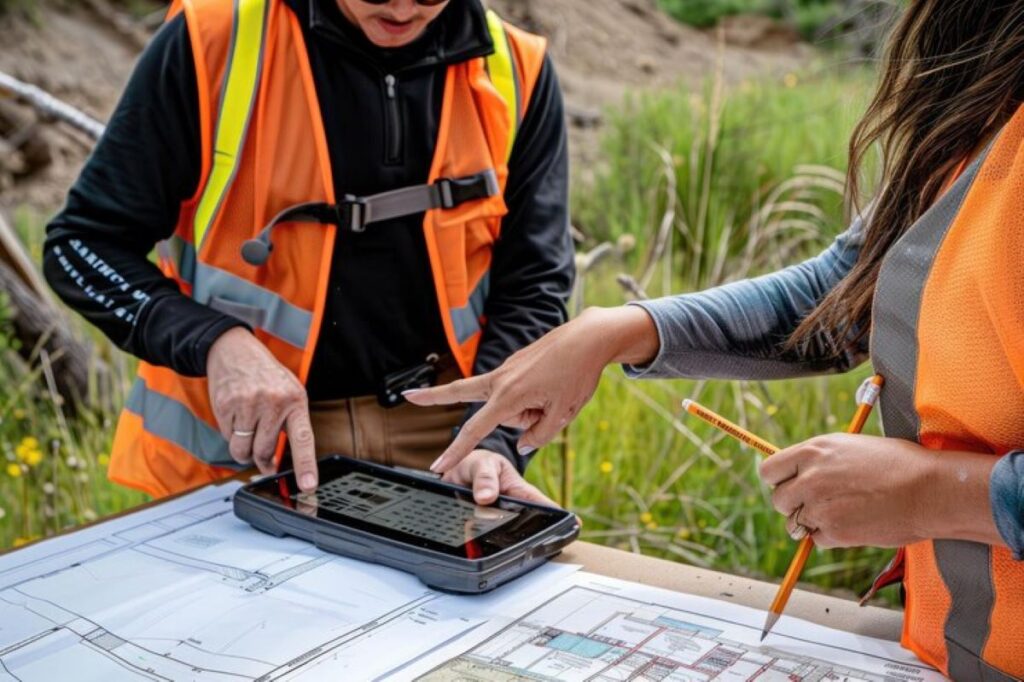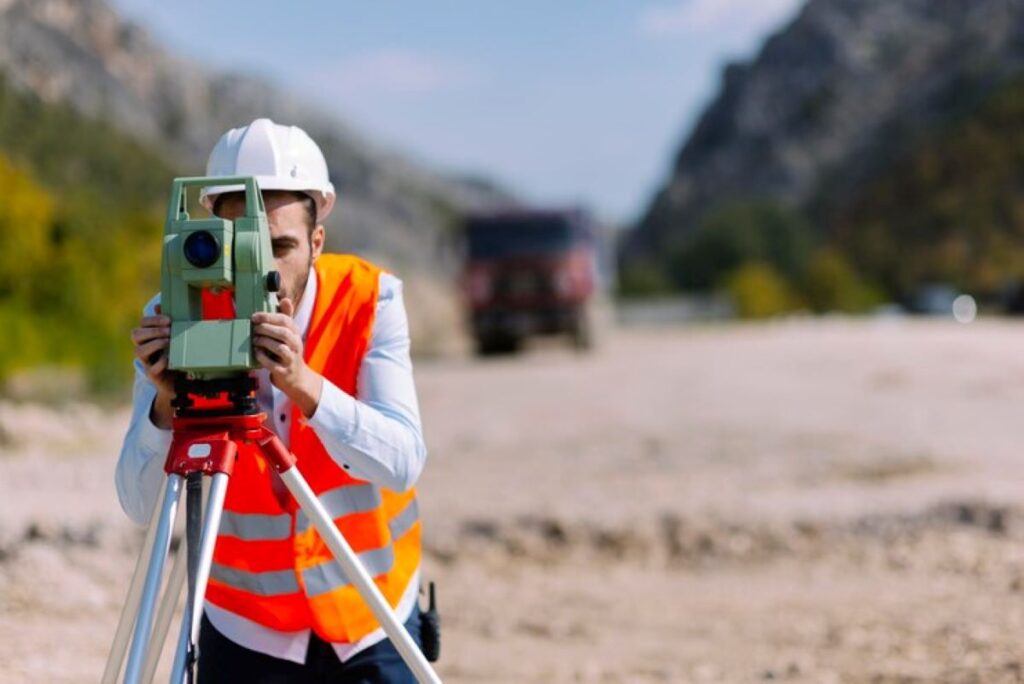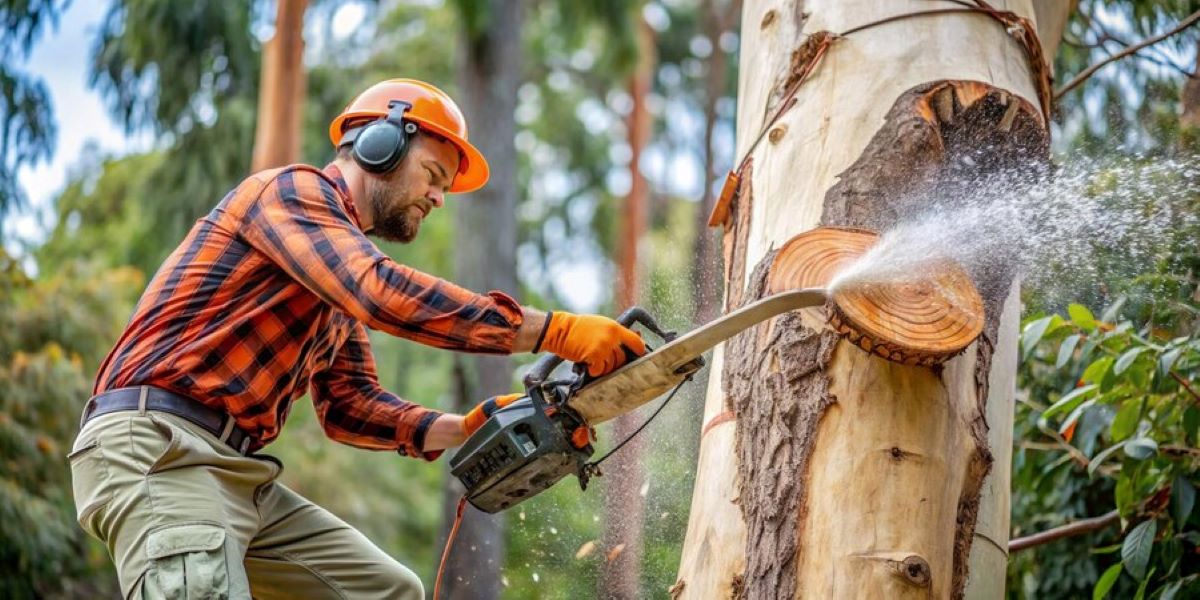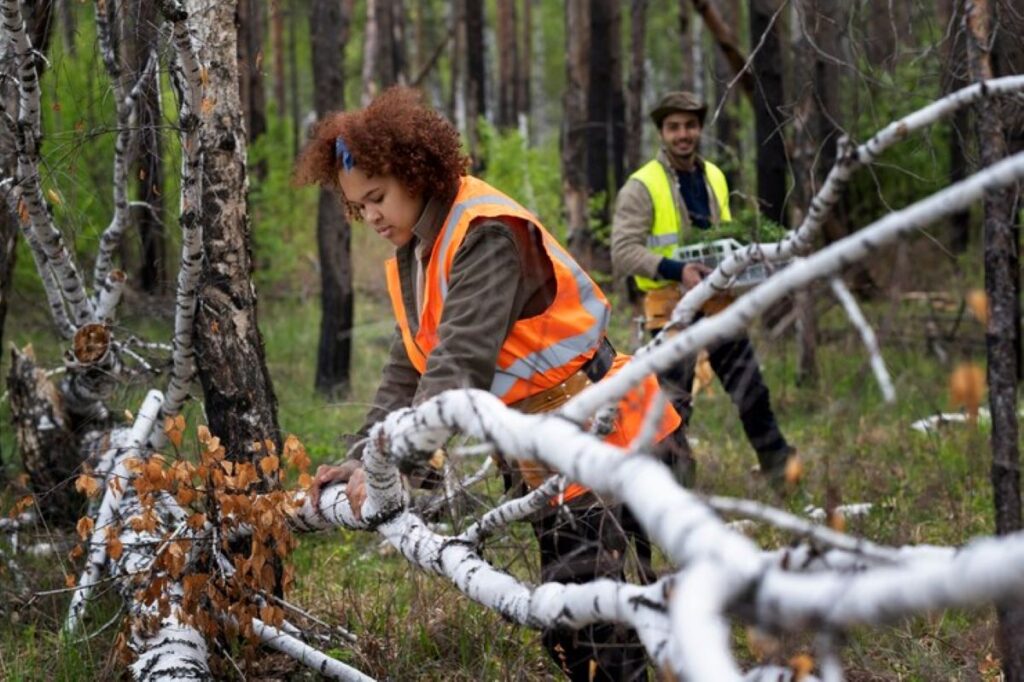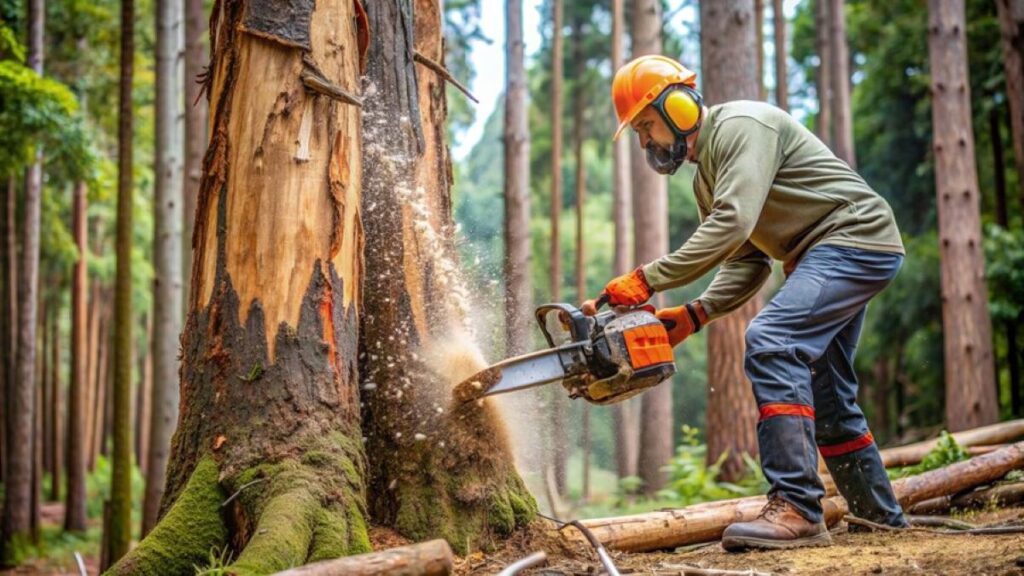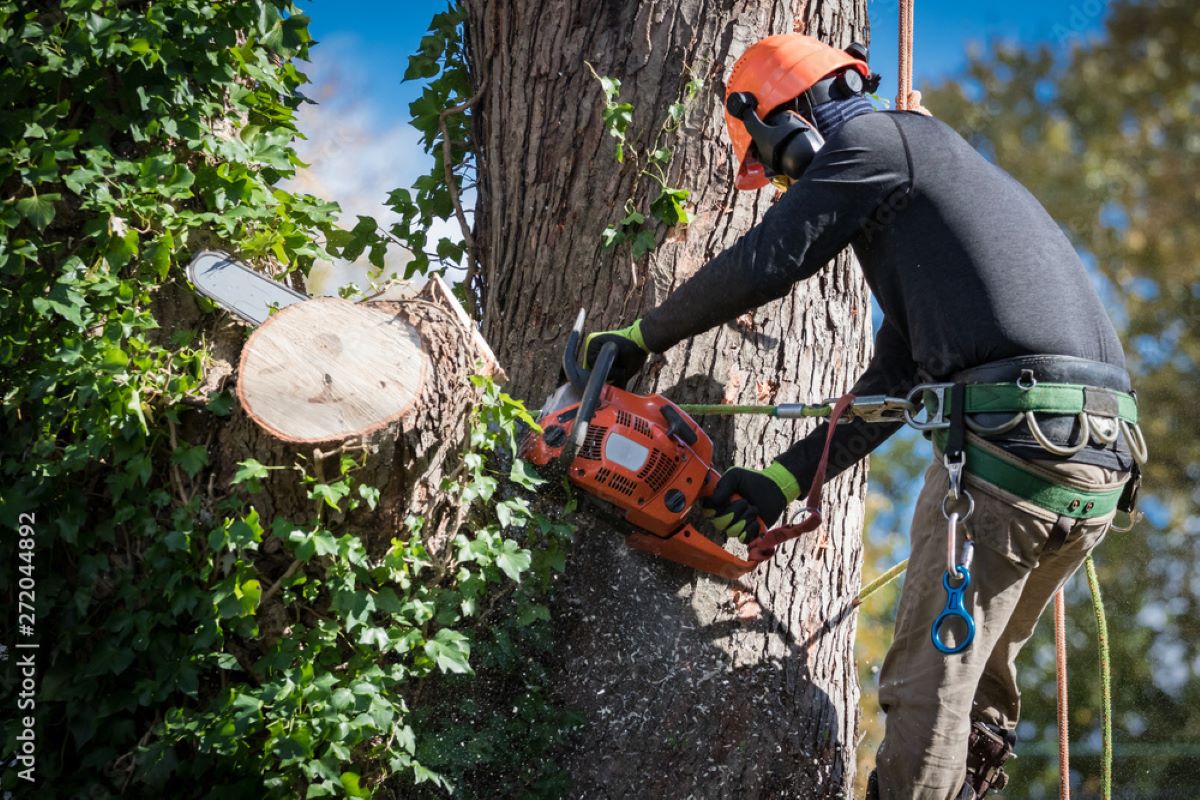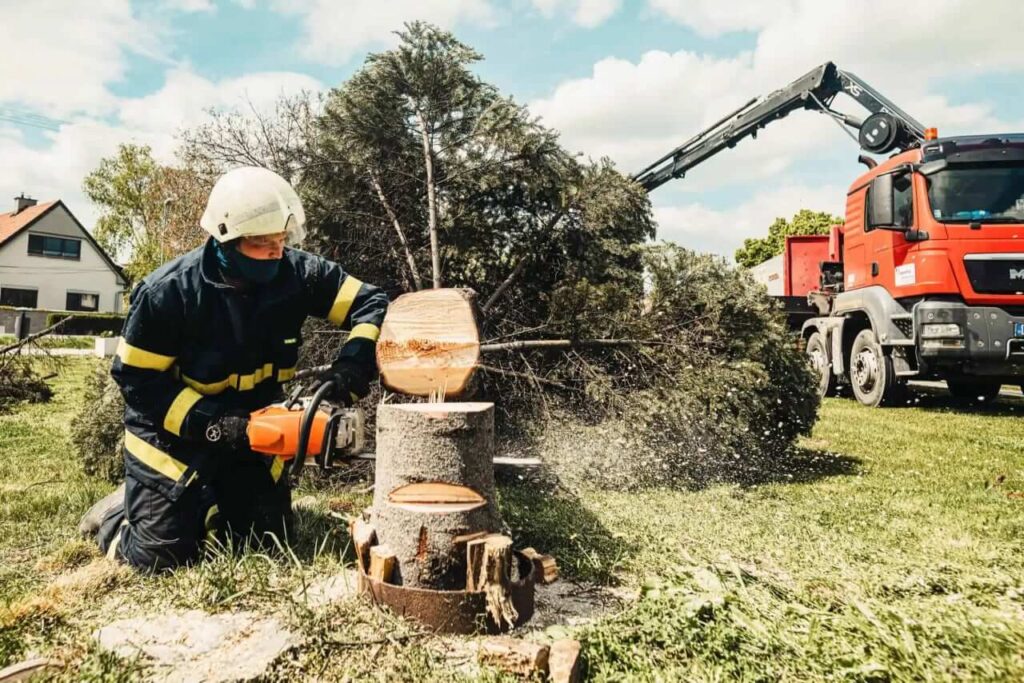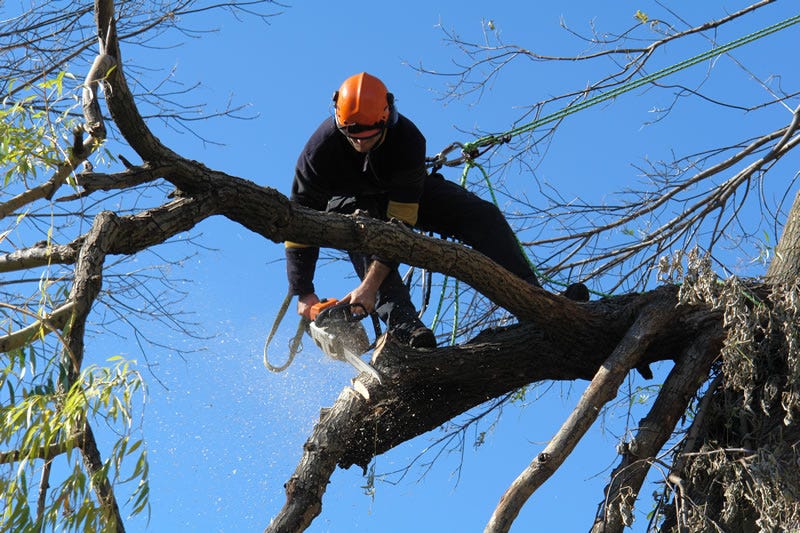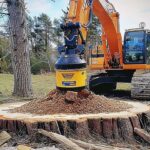Stump grinding is a crucial process in landscaping and tree management, particularly for homeowners and businesses looking to enhance their outdoor spaces. This technique not only removes unsightly tree stumps but also promotes a healthier environment by allowing new growth. In this guide, we will delve into the intricacies of stump grinding, including its benefits, costs, and the latest advancements in technology.
What is Stump Grinding?
Stump grinding involves the use of specialised machinery to grind down tree stumps into small wood chips. This process is essential after a tree has been felled, as it eliminates the remnants that can obstruct landscaping efforts or pose safety hazards. The equipment used varies in size and capability, ranging from small, portable grinders to larger, more powerful machines suited for extensive operations.
Typically, a stump grinder operates by using a rotating cutting disc with sharp teeth that chip away at the stump. The depth and width of the grinding can be adjusted based on the size of the stump and the desired outcome. The result is a level surface that can be easily covered with soil or grass, allowing for seamless integration into the surrounding landscape.
Benefits of Stump Grinding
There are several advantages to stump grinding that make it a preferred choice for many property owners. Firstly, it significantly improves the aesthetic appeal of a garden or yard. A visible stump can detract from the overall beauty of a landscape, and removing it creates a cleaner, more polished look.
Secondly, stump grinding helps prevent pest infestations. Stumps can attract insects such as termites and beetles, which may eventually spread to healthy trees and plants nearby. By grinding the stump, you eliminate a potential breeding ground for these pests, thereby protecting your garden.
Lastly, stump grinding is a more environmentally friendly option compared to traditional stump removal methods, which often involve digging out the entire root system. Grinding leaves behind the roots, which can decompose naturally and enrich the soil over time.
Cost of Stump Grinding Services
The cost of stump grinding can vary widely based on several factors, including the size of the stump, its location, and the complexity of the job. On average, homeowners can expect to pay around $250 per stump, though prices can range from as low as $30 to as high as $1,600. Larger stumps or those in difficult-to-access areas may incur higher fees due to the additional labour and equipment required.
When considering stump grinding, it’s essential to obtain multiple quotes from local service providers. This not only helps you compare prices but also gives you insight into the quality of service offered. Some companies may include additional services, such as site cleanup or filling in the hole left after grinding, which can affect the overall cost.
Factors Influencing Stump Grinding Costs
- Stump Size: Larger stumps require more time and effort to grind down, leading to higher costs.
- Location: Stumps located in hard-to-reach areas may require specialised equipment, increasing the price.
- Tree Type: Certain tree species have denser wood, making them more challenging to grind.
- Access: If the stump is near structures or other obstacles, additional care may be needed, impacting the cost.
See Also : Get Your Free Hedge Trimming Estimate Today
Technological Advancements in Stump Grinding
The stump grinding industry has seen significant technological advancements in recent years. One notable development is the introduction of compact stump grinders, such as the FSI B31-980. Launched in August 2024, this machine features a 38-horsepower engine and a narrow design of just 74 cm, allowing for enhanced manoeuvrability in tight spaces.
These advancements not only improve efficiency but also reduce the environmental impact of stump grinding. Modern machines are designed to operate with lower emissions and noise levels, making them more suitable for residential areas. Additionally, many new models come equipped with advanced safety features, ensuring that operators can work without risk of injury.
Future Trends in Stump Grinding Technology
As urbanisation continues to rise, the demand for efficient stump grinding solutions is expected to grow. Innovations such as automated stump grinders and remote-controlled models are on the horizon, promising to further streamline the process. These technologies could reduce the need for manual labour, making stump grinding more accessible and cost-effective for both homeowners and landscaping companies.
Moreover, the integration of artificial intelligence in stump grinding equipment could lead to smarter machines that can assess the size and type of stump automatically, adjusting their grinding techniques accordingly. This would not only enhance efficiency but also improve the overall quality of the work performed.
The Stump Grinder Rental Market
For those who prefer a DIY approach, renting a stump grinder can be a practical solution. The stump grinder rental market is projected to reach $178 million by 2033, growing at a CAGR of 4.7%. This growth is largely driven by urbanisation and an increasing demand for landscaping services.
Renting a stump grinder allows homeowners to save on costs, especially if they only need to grind a few stumps. However, it’s crucial to choose the right equipment based on the size and number of stumps to be removed. Rental companies typically offer a range of machines, from smaller models for residential use to larger, more powerful grinders for commercial applications.
Tips for Renting a Stump Grinder
- Assess Your Needs: Determine the size and number of stumps you need to grind before selecting a machine.
- Understand the Rental Agreement: Familiarise yourself with the terms and conditions, including insurance and liability coverage.
- Seek Guidance: Don’t hesitate to ask rental staff for advice on operating the equipment safely and effectively.
- Inspect the Equipment: Before taking the grinder, check for any damage or wear and ensure it’s in good working condition.
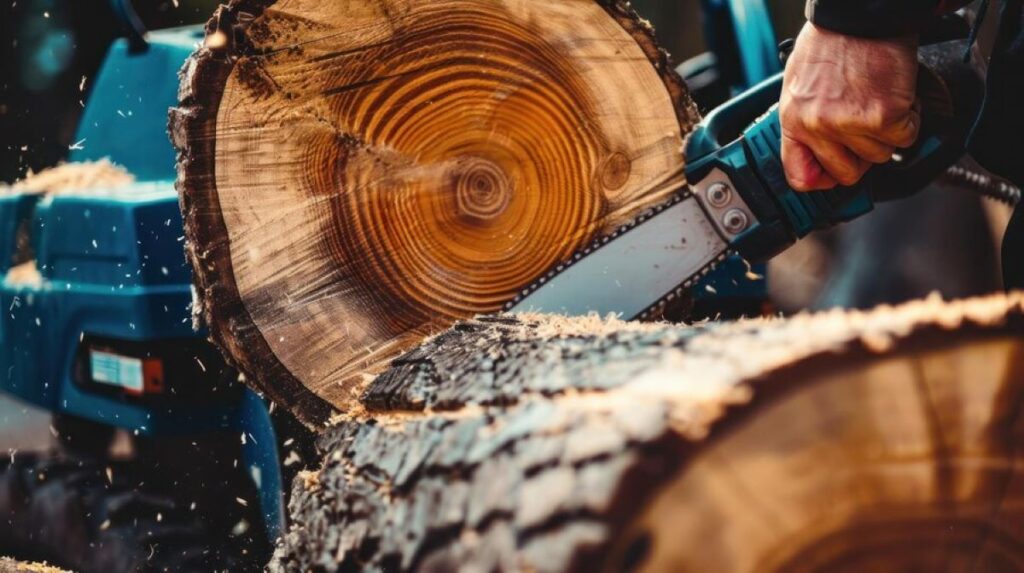
Environmental Impact of Stump Grinding
Stump grinding is often viewed as an environmentally friendly option compared to traditional stump removal methods. By grinding the stump and leaving the roots in the ground, the natural decomposition process can occur, enriching the soil and promoting new growth. This is particularly beneficial in urban areas where green spaces are vital for ecological balance.
Additionally, stump grinding reduces the need for chemical treatments that may be harmful to the environment. Many homeowners are increasingly aware of the importance of sustainable practices in landscaping, and stump grinding aligns well with these values.
Other Resources : National Soil Strategy
Urbanisation and Stump Grinding Demand
The rise in urbanisation has led to a significant increase in the demand for stump grinding services. For instance, in Poland, investments in urban green space development projects have surged by 62% since 2020. Municipalities are recognising the importance of tree management and landscaping, allocating substantial budgets for these initiatives.
As cities expand, the need for effective tree management becomes more critical. Stump grinding plays a vital role in maintaining urban landscapes, ensuring that new developments can coexist with existing greenery. This trend is expected to continue, further driving the growth of the stump grinding market.
Conclusion
Stump grinding is an essential service for anyone looking to maintain their outdoor spaces effectively. With a growing market, advancements in technology, and increasing awareness of environmental impacts, stump grinding is set to become even more integral to landscaping practices. Whether you choose to hire a professional or rent equipment for a DIY project, understanding the nuances of stump grinding can help you make informed decisions that enhance the beauty and health of your garden.


